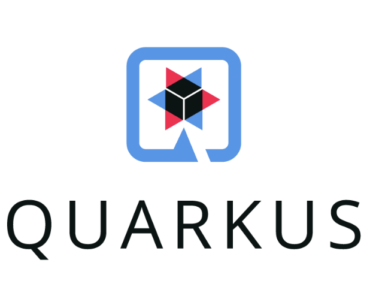Kubernetes Tools Provide a Java Upgrade

Microservices have evolved to the point where cloud-native development tools are now being referred to as Kubernetes-native—as in the de facto standard application container orchestrator.
The reach of Kubernetes now extends to the Java stack used by developers pushing out cloud-native applications distributed via containers. To that end, a community led by IBM/Red Hat this week released the first production version of Quarkus, a Kubernetes-native Java stack designed to bring the programming language into the cloud-native era.
The new Java framework is aimed at serverless, cloud and Kubernetes environments. “We believe Java can be better equipped to scale in the modern application development landscape, while also improving at a faster clip,” Red Hat said Wednesday in releasing Quarkus 1.0.
The open-source middleware project was launched in March and the 1.0 version incorporating new features, bug fixes and better performance is schedule for release at the end of November.
After more than 20 years of Java-based development, Quarkus promoters argue the popular, general-purpose programming language is a due for an overhaul, reflecting the enterprise shift to cloud-native applications orchestrated by Kubernetes.
“We need to rethink how Java can be best utilized to address these new deployment environments and application architectures,” said community leader Jason Greene, who pitches Quarkus as nothing less than “supersonic, subatomic Java.”
Promoters add that Quarkus also plugs some of the gaps when Java is used with cloud-native application architectures. Among the improvements are streamlining the overall DevOps process to get apps out the door faster and delivering apps that require less memory than current Java-based microservices.
The Kubernetes-native Java stack also includes APIs for building cloud-native apps using frameworks familiar to most developers. The stack incorporates familiar Java libraries and frameworks such as Apache Kafka tailored for containers and cloud deployments. Developers can then select the desired Java framework for running Quarkus-based applications on Java virtual machines.
Quarkus is also tailored to OpenJDK, the open-source implementation of Java, along with GraalVM, the virtual machine based on HotSpot/OpenJDK. The result, proponents say, is “near instant scale up” along with high-density memory utilization when using container orchestrators like Kubernetes.
The 1.0 release supports for Java 8. 11 and 13 when running Quarkus on Java VMs.
Future upgrades include the addition of new extensions to improved API compatibility along with support for “long running” transactions.
Related
George Leopold has written about science and technology for more than 30 years, focusing on electronics and aerospace technology. He previously served as executive editor of Electronic Engineering Times. Leopold is the author of "Calculated Risk: The Supersonic Life and Times of Gus Grissom" (Purdue University Press, 2016).










